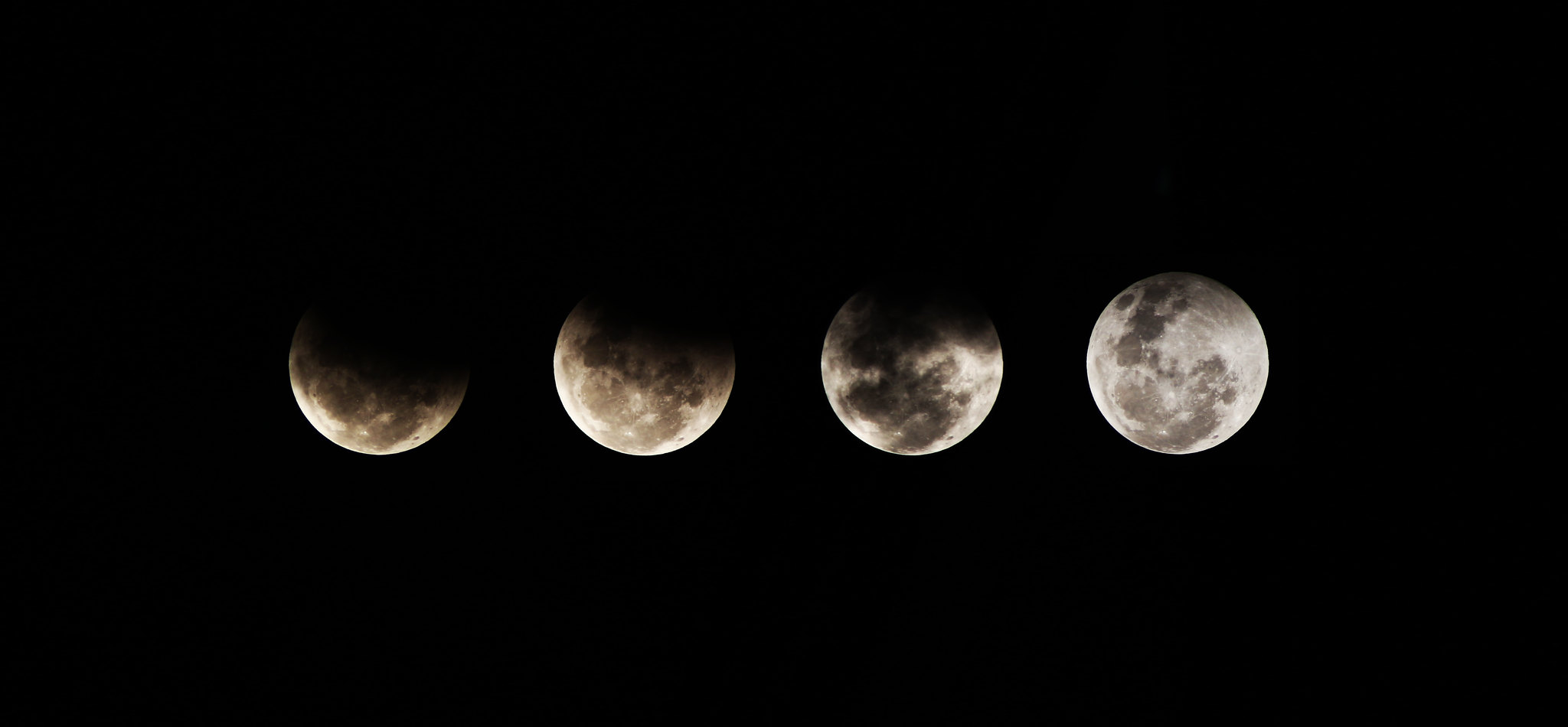Day-Night Screenshot Tests

Value of screenshot tests
Styles, Themes, and custom Views are infrastructure for Android app UI. Once you’ve defined and implemented your style guide, adding a new screen is just a piece of cake.
But it’s hard to change infrastructure. When you update some basic style, you have to retest all the screens that use it. Do you like manual testing? I don’t. I prefer automation!
Screenshot tests could be a solution for appearance auto testing. Record exactly what the user sees, i.e. pixels. After refactoring record a new image to compare pixel by pixel with the previous one. Refactoring shouldn’t change even a single pixel, otherwise test fails.
How to do screenshot tests on Android?
We have been using Shot for 1,5 years. It’s built on top of the facebook screenshot test for Android and provides more features. Checkout Shot’s readme to know how it works.
I tried many different techniques of making screenshots. Some of them are extremely useful. Today we will talk about my favorite - infrastructure for Day Night screenshot tests.
Day-Night screenshot test
With a dark theme, you have to check 2 UIs per one feature: light and dark versions. It doubles the testing effort. But not for a developer who has screenshot tests.
I defined 2 entry points with the name compareDayNightScreenshots for screenshots recording,
one for activities and the other for views.
It records the screen 2 times, for day and night mode.
@Test
fun activityScreenshotTest() {
val scenario = ActivityScenario.launch(ScrollingActivity::class.java)
compareDayNightScreenshots(scenario)
}
@Test
fun viewScreenshotTest() = compareDayNightScreenshots(R.layout.content_scrolling) {
ViewHelpers.setupView(it).setExactWidthPx(800).setExactHeightPx(4000).layout()
}
After the execution, I get 4 screenshots.
Entry point #1: Record whole activity
Record day Activity
Activity is in the day mode by default. We can record day UI immediately:
val dayActivity = activityScenario.waitForActivity()
compareScreenshot(dayActivity, name = screenshotName("day"))
In the code above
I got the activity using waitForActivity extension, and recorded with the overridden name.
Why do we need to override the screenshot name? Library uses the name of the test for the screenshot by default. But we’re going to generate 2 screenshots in one test. To make the screenshot name unique add _day and _night postfix to the name.
Switch Activity to the night mode
dayActivity.runOnUiThread {
dayActivity.delegate.localNightMode = AppCompatDelegate.MODE_NIGHT_YES
}
AppCompatActivity lets you switch between day and night modes.
When you call setLocalNightMode activity restarts, i.e. Android recreates it.
The recreated activity uses night resources.
For a user, it seems like UI has just changed the colors.
Get a link to the new activity and record screenshot with overridden name again.
val nightActivity = activityScenario.waitForActivity()
compareScreenshot(nightActivity, name = screenshotName("night"))
Result
Put it all together and you get the entry point for activity screenshot recording.
fun <T : AppCompatActivity> ScreenshotTest.compareDayNightScreenshots(
activityScenario: ActivityScenario<T>
) {
// record day ui
val dayActivity = activityScenario.waitForActivity()
compareScreenshot(dayActivity, name = screenshotName("day"))
// turn on night mode
dayActivity.runOnUiThread {
dayActivity.delegate.localNightMode = AppCompatDelegate.MODE_NIGHT_YES
}
// record night mode
val nightActivity = activityScenario.waitForActivity()
compareScreenshot(nightActivity, name = screenshotName("night"))
}
Entry point #2: Record a view
View’s recording is even more straight-forward:
- Inflate the view, i.e. create views hierarchy from xml using
LayoutInflater; - Measure and Layout the view;
- Record the screenshot.
Repeat the process above 2 times, for day and night view.
If you don’t know what measure\layout\draw is - check out the doc.
Record a day view
// inflate
val dayView = LayoutInflater.from(context).inflate(viewId, null, false)
// measure and layout
runOnMainSync { setupView(dayView) }
// draw
Screenshot.snap(dayView).setName(screenshotName("day")).record()
setupView is a function that measures and layouts a view.
I pass it as a parameter to entry point compareDayNightScreenshots.
compareDayNightScreenshots(R.layout.content_scrolling) {
ViewHelpers.setupView(it).setExactWidthPx(800).setExactHeightPx(4000).layout()
}
runOnMainSync is custom utils function that executes a block of code on the main thread and blocks the instrumentation thread.
Record a night view
For a night view, Inflater uses night resources.
Instead of values/color.xml,
it takes values from values-night/color.xml.
Inflater picks the right file based on Configuration, that is the part of the context.
To start using night resources create a new context with the overridden configuration.
val nightConfiguration = Configuration(context.resources.configuration)
nightConfiguration.uiMode =
Configuration.UI_MODE_NIGHT_YES or (nightConfiguration.uiMode and Configuration.UI_MODE_NIGHT_MASK.inv())
val nightContext = context.createConfigurationContext(nightConfiguration)
Now inflate and record the night view.
val nightView = LayoutInflater.from(nightContext).inflate(viewId, null, false)
runOnMainSync { setupView(nightView) }
Screenshot.snap(nightView).setName(screenshotName("night")).record()
Themes
To let the view access the app theme, wrap your context in the theme wrapper.
val context = ContextThemeWrapper(
InstrumentationRegistry.getInstrumentation().targetContext,
theme
)
Result
Put all code above into one function to create entry point for views.
fun compareDayNightScreenshots(
@LayoutRes viewId: Int,
@StyleRes theme: Int = R.style.Theme_Screenshottestsbestpractice,
setupView: (View) -> Unit
) {
val context = ContextThemeWrapper(
InstrumentationRegistry.getInstrumentation().targetContext,
theme
)
val dayView = LayoutInflater.from(context).inflate(viewId, null, false)
runOnMainSync { setupView(dayView) }
Screenshot.snap(dayView).setName(screenshotName("day")).record()
val nightConfiguration = Configuration(context.resources.configuration)
nightConfiguration.uiMode =
Configuration.UI_MODE_NIGHT_YES or (nightConfiguration.uiMode and Configuration.UI_MODE_NIGHT_MASK.inv())
val nightContext = context.createConfigurationContext(nightConfiguration)
val nightModeWrapper = ContextThemeWrapper(
nightContext,
theme
)
val nightView = LayoutInflater.from(nightModeWrapper).inflate(viewId, null, false)
runOnMainSync { setupView(nightView) }
Screenshot.snap(nightView).setName(screenshotName("night")).record()
}
Summary
If you already use Shot of Facebook screenshot tests, just copy my infrastructure to your project. You will get more screenshots and less testing effort.